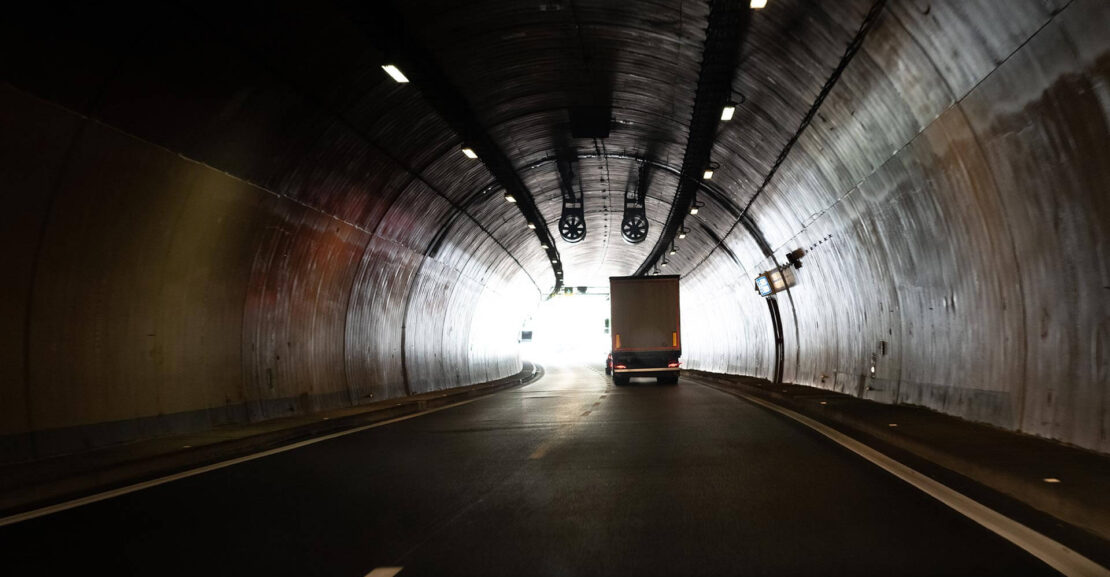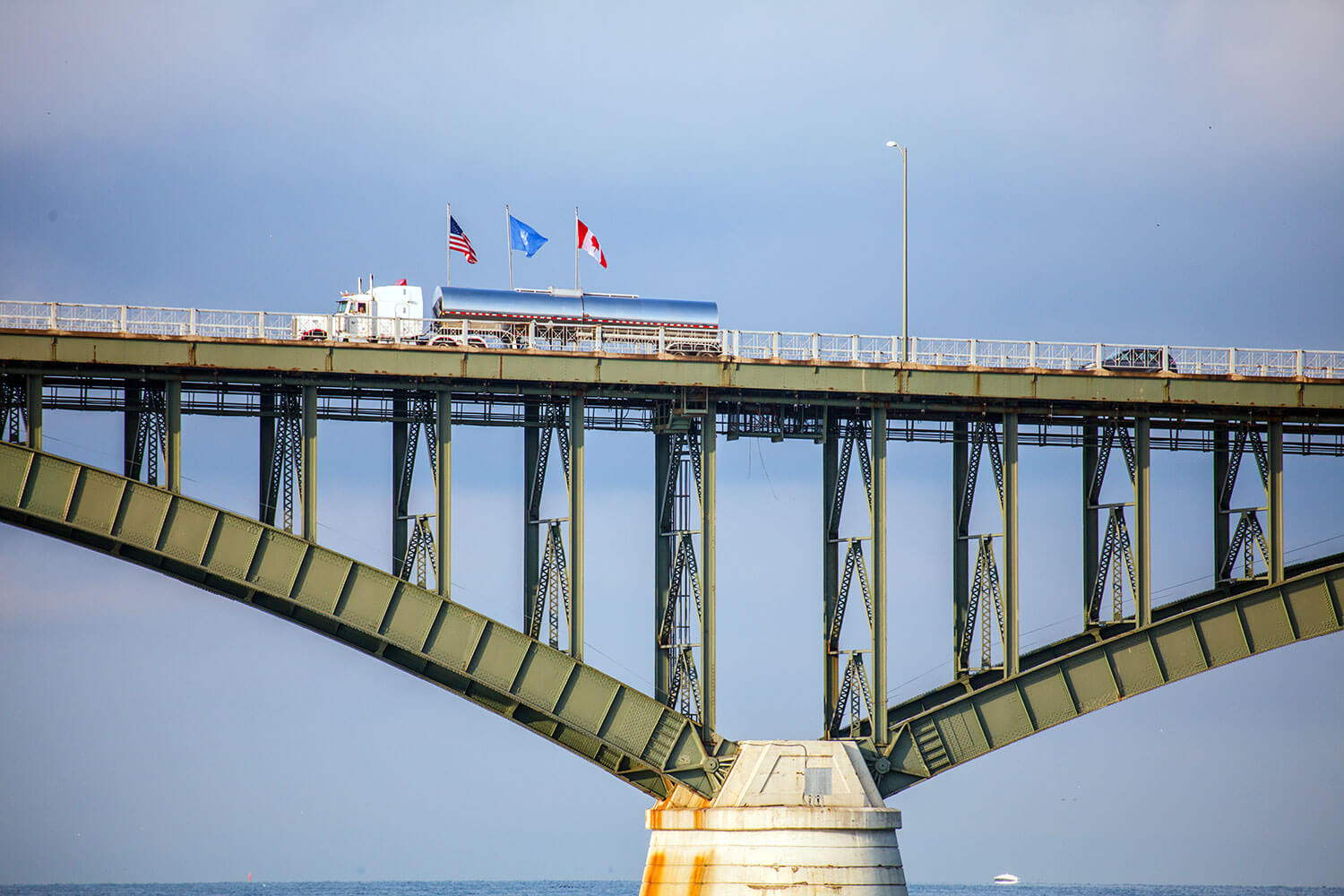Cargo Protection: The Latest & Greatest In Asset Protection

The transportation industry is worth over $2.7 trillion, making up around 17% of the country’s economy. Yet, shockingly, an estimated $50 billion in cargo goes missing each year as a result of theft and only a small fraction of it is actually recovered. The high crime rate can be attributed to a new breed of smarter, tech-powered criminals along with the availability of relatively low-risk and high-payoff targets — i.e., truckers and their trucks.
For these reasons and more, it’s paramount that drivers and trucking companies arm themselves with the necessary knowledge to ensure they keep themselves protected from both the physical and financial threats these thieves pose. Fortunately, new tech is emerging to help.
Track your shipments on the road
Trucks are no longer in danger due to “dead zones” or spotty cell signal. With satellite communications and transparent, sophisticated tracking systems that offer fully-customizable, around-the-clock shipment tracking, no one will be left in the dark given the right technology. The most advanced tracking systems allow everyone to see where a shipment is at during any given moment and exactly what can be found inside the cargo bay, down to product codes and quantities.
The automatic alerts that accompany these electronic systems — which will tell stakeholders when the truck has been loaded, left the dock, arrived at a location, or made a delivery — help keep everyone in the loop while also allowing customers to answer the question about where their shipments are without ever having to get a rep on the phone.
Put a virtual fence around your drivers
Geofencing technology is definitely becoming more popular in the trucking industry, allowing carriers to add virtual “fences” around the route so that they get alerts if the truck or its contents goes off the planned routes. This allows for a quick response and helps parties recover a stolen shipment with minimal delay.
Identify tampering with electronic cargo door seals
When it comes to sensitive shipments like pharmaceuticals and any high-value items, electronic seals should be considered an absolute must-have. When installed, they will protect a cargo door by alerting a security team the second a container or transport vehicle’s seals are breached by anyone other than the authorized party at the delivery location.
These units use seals and bolts, typically in combination with a GPS and/or mobile communications system, allowing them to track the position of the truck and record every time the cargo area or a container is accessed. Since these devices can operate for weeks without a recharge, they’re highly valuable when it comes to thwarting thieves.
Follow the ground security protocols by C-TPAT
 The Customs-Trade Partnership Against Terrorism, or C-TPAT, has established a long list of best practices for air, marine, and ground security. This cooperative cargo security effort is fronted by CBP and a long list of importers, consolidators, carriers, and brokers. In their ground security standards, customs asks that businesses help ensure security and integrity by communicating with supply chain partners regarding compliance with the standard security protocols C-TPAT has established.
The Customs-Trade Partnership Against Terrorism, or C-TPAT, has established a long list of best practices for air, marine, and ground security. This cooperative cargo security effort is fronted by CBP and a long list of importers, consolidators, carriers, and brokers. In their ground security standards, customs asks that businesses help ensure security and integrity by communicating with supply chain partners regarding compliance with the standard security protocols C-TPAT has established.
One example of these protocols is that shipments coming via truck from Mexico or Canada should maintain high-security seals to prevent and identify tampering. This alone helps keep cargo safe from theft and helps border security officials immediately identify cargo that has been disturbed en-route.
Use risk profiling systems like CHIEF
Outside of the United States, many countries have begun implementing their own programs and protocols inspired by the USA’s C-TPAT standards. For instance, the United Kingdom has launched a collaboration between the Border Agency and the Revenue and Customs Agency so that they can work together to develop security screening of imports. One of their best innovations so far has been CHIEF, which stands for Customs Handling of Import-Export Freight.
CHIEF is a sophisticated system for risk-profiling, helping to identify shipments that require physical examination or special documentation with the help of electronic communications between businesses and customs agents. With inter-system messages, CHIEF is able to check customer declarations data and ensure it matches the inventory data that the nation’s six independent trade systems maintain. It’s complex, effective, and it’s inspiring systems in the USA and beyond.
Utilize integrated insurance and security management
More parties are beginning to collaborate and integrate, allowing for a more transparent and effective supply-chain. One such example is the continued partnership between shippers and freight forwarders who are working to manage insurance and security together. Thanks to the new international Rotterdam Rules, it’s easier than ever for all shippers to get needed security and insurance information in one-stop since they can now compile all of the detailed bills of lading these rules require.
Stay On Top of the Industry.
Interested in more trucking industry content? Sign up for the Suppose U Drive newsletter to get news and advice delivered straight to your inbox.


